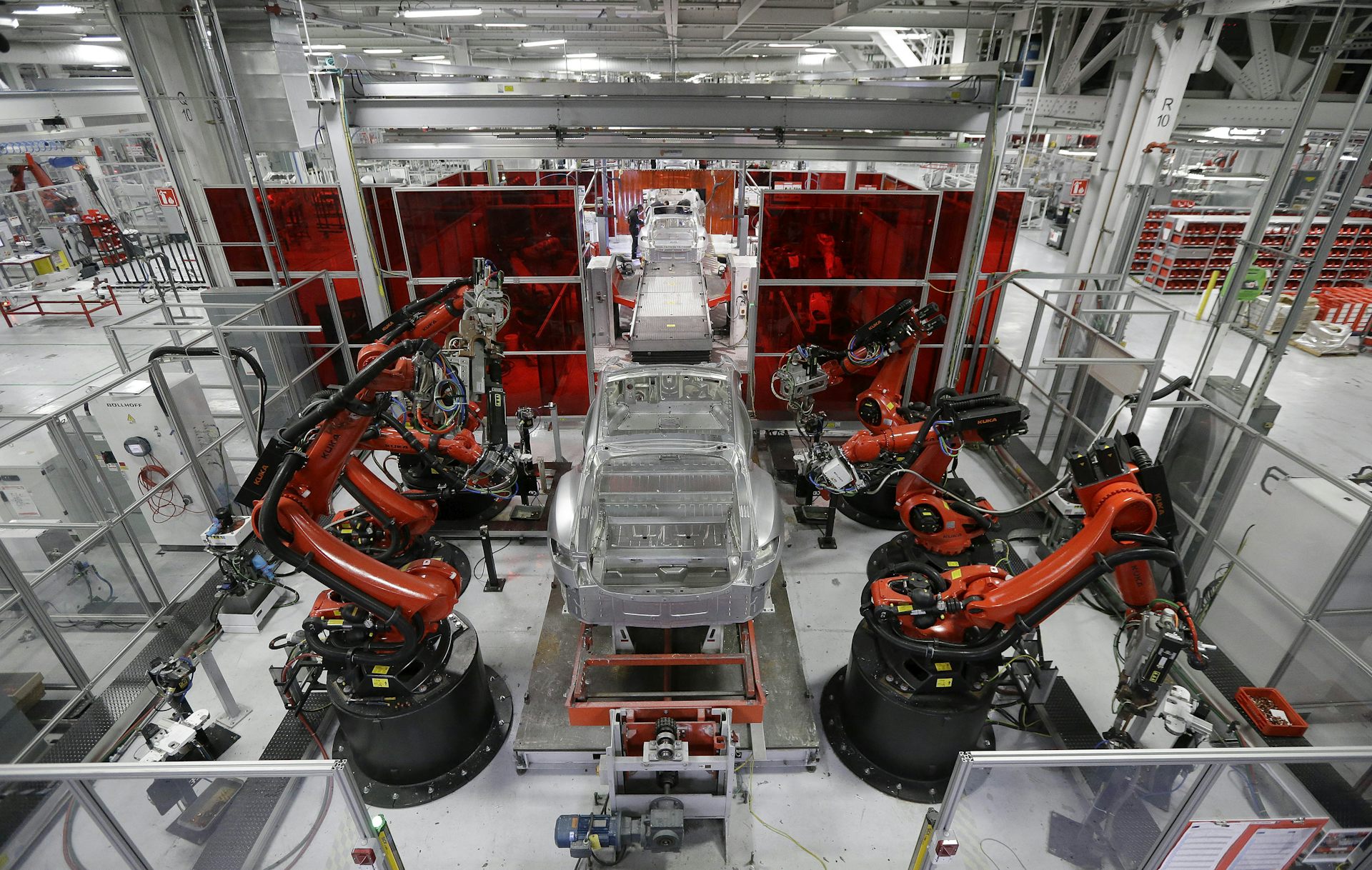
- #THE HISTORY OF AUTOMATION IN MANUFACTURING MANUAL#
- #THE HISTORY OF AUTOMATION IN MANUFACTURING FULL#
“Upon graduating from technical college in 1970, I began working as a controls designer, automating metal working machinery and equipment with industrial relays, pneumatic plunger timers, and electro-mechanical counters. Let’s hear from a controls designer in the thick of things in the early ‘70s – It soon became clear that there were problems installing and maintaining these large relay control systems. Then what if you wanted to change something? You would basically have to redo the entire system. These machines had to follow a strict maintenance schedule and they took up a lot of space. Troubleshooting would take hours, and because coils would fail and contacts would wear out, there was need for lots of troubleshooting. All these relays had to be hardwired in a very specific order for the machine to work properly, and heaven forbid if one relay would have an issue, the system as a whole would not work. Then add on all the control relays you need and what you get is… Yes, machine control, but you also get a logistical nightmare. Think about modern factories, and how many motors and ON/OFF power switches you would need to control just one machine. I could keep going, but I think you get the picture of how machines were controlled pre-PLC, and, more importantly, I think you start to see some of the problems with this system of electromechanical control via relays.Ĭourtesy of Signalhead via Wikimedia Commons The Problem with Relays

These relays are known as control relays because they control the relays that control the switch that turns the motor ON and OFF. But wait, what switches the coils in the power relays ON and OFF before the power relay turns the motor ON, and what if I want to control that? What do you do? More relays.
#THE HISTORY OF AUTOMATION IN MANUFACTURING FULL#
So factories started to amass electrical cabinets full of power relays. There could be several motors in one factory that need to be controlled, so what do you do? You add lots of power relays. This type of relay is known as a power relay. Without power, of course, the motor would not run, thus I am controlling the motor. Then I could control when the motor is getting power by either energizing or de-energizing the relay. So, for example, if I wanted to control whether a motor was ON or OFF, I could attach a relay between the power source and the motor. When the relay is de-energized, the switch releases and returns the device to its standard ON or OFF position. Relays work by utilizing a coil that, when energized, creates a magnetic force to effectively pull a switch to the ON or OFF position. Before the Programmable Controllerīefore the days of the PLC the only way to control machinery was through the use of relays. In order to understand the history of the PLC we must first take some time to understand the problems that existed before programmable controllers.

Instead what existed was a unique set of challenges that needed a solution. Today PLCs can be found in everything from factory equipment to vending machines, but prior to New Year’s Day 1968 the programmable controller didn’t even exist. From this, future research needs and developments are derived and discussed.The PLC or Programmable Logic Controller has revolutionized the automation industry.

The state of the art for both technologies is discussed and current gaps in the understanding of both processes highlighted.
#THE HISTORY OF AUTOMATION IN MANUFACTURING MANUAL#
It is shown that past developments have moved away from simply emulating manual layup into the now unique layup procedures for ATL, and into the current AFP technology base. The historical development and past research of both technologies is reviewed with an emphasis on past issues in application and capability as well as their solution, including both thermoset and thermoplastic material layup. Automated Tape Laying (ATL) and Automated Fibre Placement (AFP) are the two main technologies used to automate the layup of prepreg. It may therefore open up new markets and applications for composite products in aerospace, automotive, renewable energy, and consumer goods. Highly consistent quality and cost-effective manufacture of advanced composites can be achieved through automation.


 0 kommentar(er)
0 kommentar(er)
